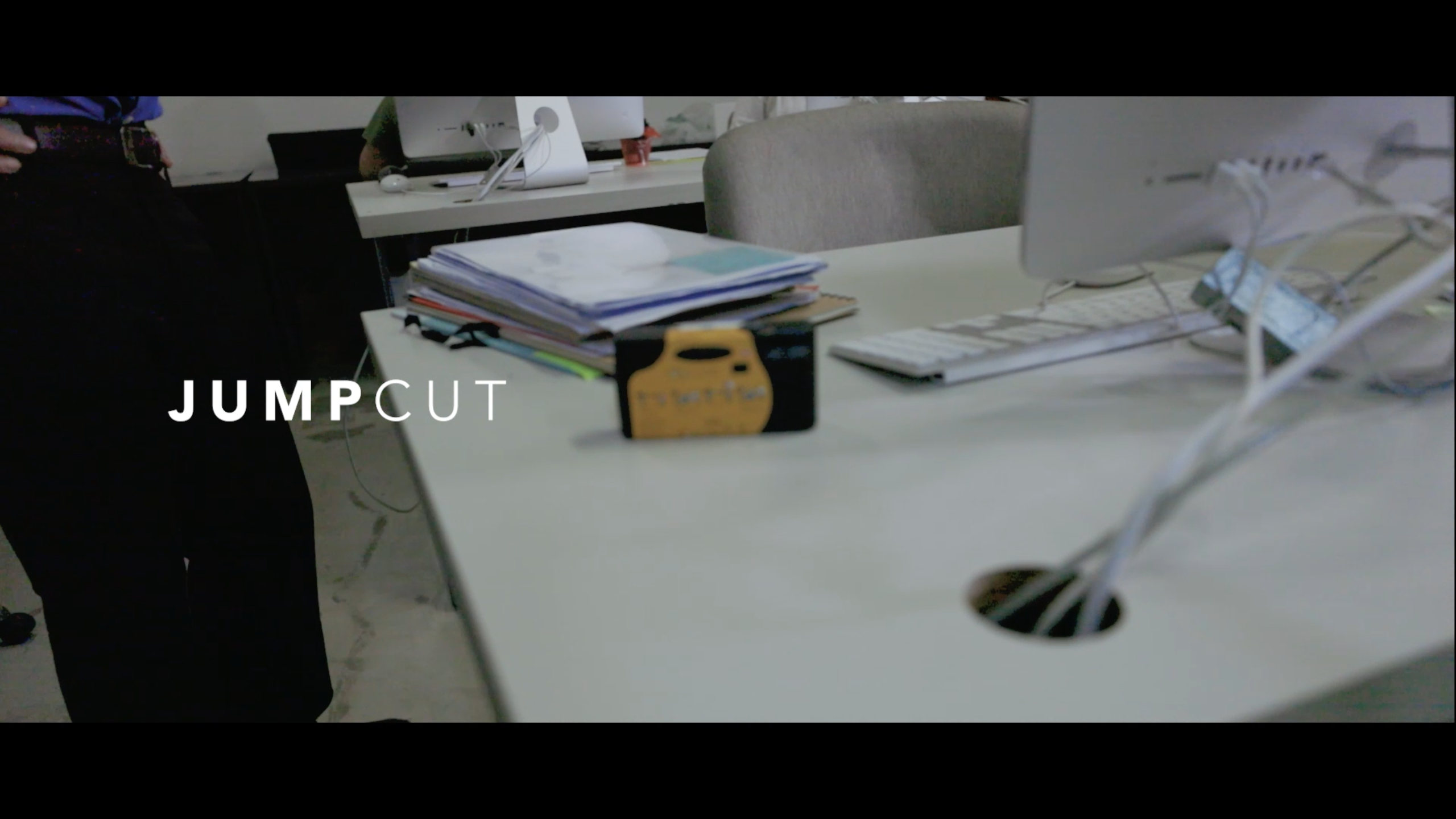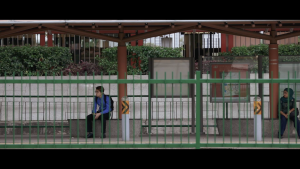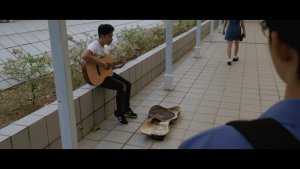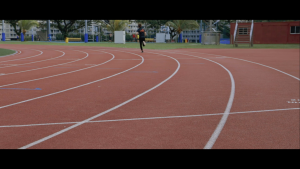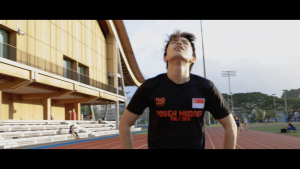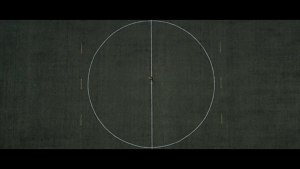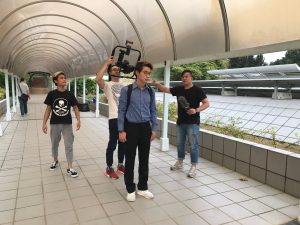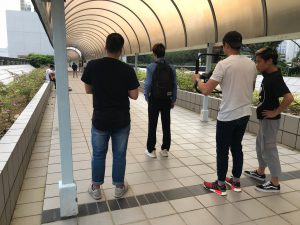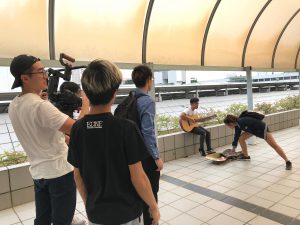I don’t dream all night, I dream all day; I dream for a living -Steven Spielberg
Every shot in a film counts. That was what I learnt in school for the past few weeks leading up to my first short film assignment. To tell a story through using only 7 shots. To be very honest it was a challenging feat for me and I only solidified an idea after shooting my first scene of this film; JUMPCUT.
To fit into the theme of “The Seen and Unseen” I wanted to create something that we as creatives could relate to. The decision to chase our passion can be easily comprehended by others, but what they don’t experience is the unseen journey that made you make that decision. That was what inspired me to create this short film.
As a Chemical Engineering diploma holder specialising in biopharmaceuticals it was a leap of faith for me to leave that all behind and pursue an Arts degree.
The post processing for editing films was what inspired me to name my short film “jumpcut”. A lot of the scenes that get edited out during the post processing of films don’t end up in the final cut , which links back to The Seen and Unseen theme. Much like how the decision making process is never taken into consideration and people only notice the before and after not the in between.
I will be breaking down each scene for the whole short film and what each scene actually means.
SCENE 1 – THE OFFICE
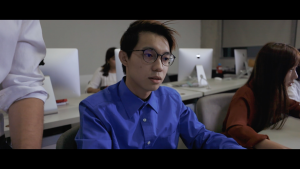
In this film the protagonist Sam is an average guy with an average 9-5 office job. He does not enjoy his work but is there because his job provides him financial stability. In this scene I used sound effects and a closeup shot of Sam’s face to express his thoughts on his job when he receives more work from his boss.
SCENE 2 – BUS STOP
As Sam is on his way home from work I wanted to portray that he is lonely. Using an objective shot and framing him with the rule of thirds I decided to use this scene as a transition to set up the next shot.
SCENE 3 – BUSKER
While Sam is making his way home just like any other day, he encounters a busker. The busker is playing Bob Marley’s – Everything’s Gonna Be Alright which was specifically chosen to instigate Sam and is also the inciting incident to his conflict. Which eventually sets him up to pursue his goal, happiness. By social norms, a busker is seen to have an unstable income which is a contrast to what Sam is now. However, the busker is happily pursuing what he wants to do and settling with whatever that he receives. In the scene the busker’s guitar bag only contains what might be enough for him to get through the day, and tomorrow might be uncertain, but he is content with what he has. Using a subjective OTS shot has helped the viewers have an intimate experience of Sam’s perspective.
SCENE 4 – RUNNING IN CIRCLES
In this scene i wanted to metaphorically show that Sam is going through motion everyday in his life just like how he is running around the stadium in circles as a daily routine.
SCENE 5 – REALISATION
Sam suddenly comes to a halt during his run and removes his earphones. The trekking shot and 360 panning around him reveals that he is tired and wants to seek resolution to his conflict.
SCENE 6 – WALK OFF
In this shot, I used a drone to show an uncommon perspective of Sam leaving the stadium. He cuts right down the middle of the field which metaphorically represents that he has had enough and is going to call it quits. I got inspired by how in the military, personnel are never allowed to cut right through the parade square or any large open area as a form of respect. Thus in this scene I wanted to take that same idea and apply it onto the soccer field.
SCENE 7 – END
To give a conclusion, I repeated the first shot however something has changed in this scene. Sam is no longer at his desk and all that is left is a film camera. Ending of with an out of focus close up of the film camera gives viewers the sense of uncertainty and a hint as to what Sam has left his job for.
In conclusion, this assignment has given me a better understanding and realisation of how important each shot in a film is. The restrictions of only using 7 shots to portray “The Seen and Unseen” has challenged me to think creatively and will aid me greatly in planning for my future films.
Some behind the scenes of when i shot my film

